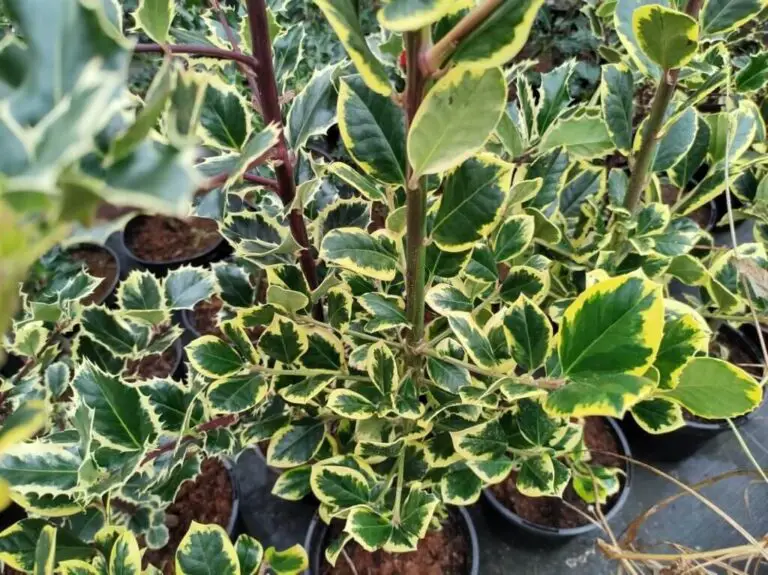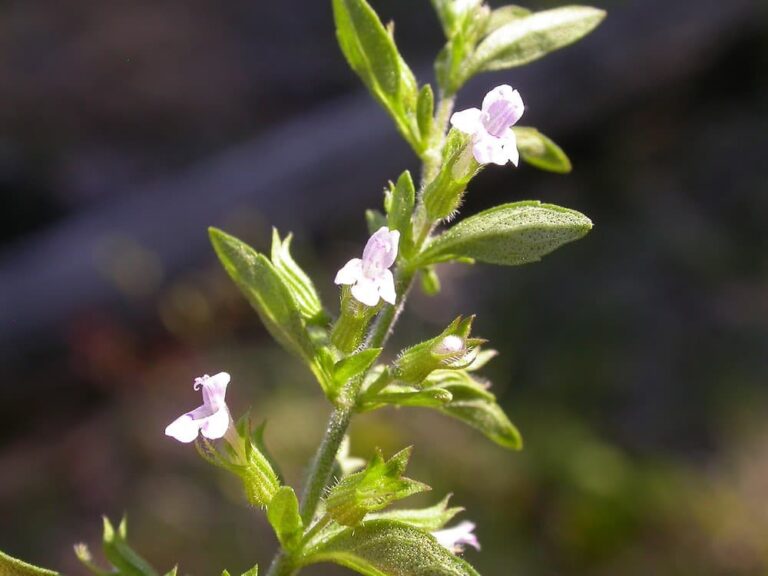Crabgrass: What Does It Look Like And How To Get Rid Of It
If you’re a homeowner with a lawn, you’re likely no stranger to the challenges posed by crabgrass. This invasive weed can be notoriously difficult to eradicate, but with the right knowledge and tactics, it’s possible to banish it for good. In this post, we’ll delve into the characteristics of crabgrass, its detrimental effects, and most importantly, provide practical guidance on how to identify and eliminate it from your lawn.
We’ll also explore the different types of crabgrass, as well as its common lookalikes, to help you develop a comprehensive strategy for tackling this unwanted guest.
What is crabgrass?
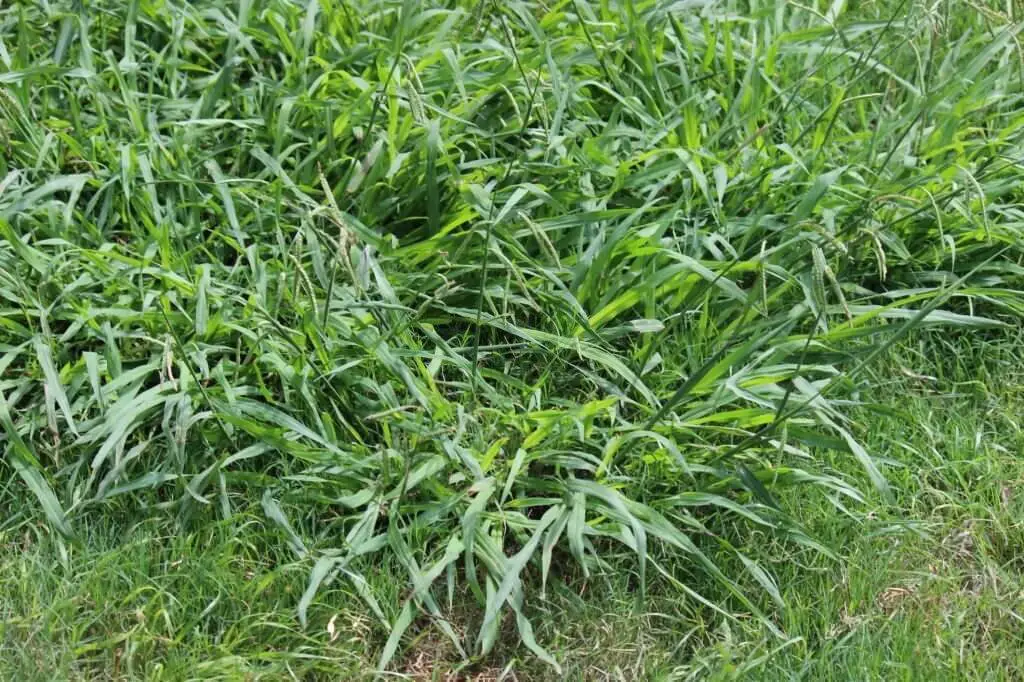
Crabgrass, an annual grass, thrives in environments with poor drainage or compacted soil. Its life cycle unfolds within a single growing season. Germination typically occurs in late spring, with the plant eventually succumbing to colder temperatures come fall. Interestingly, crabgrass produces seeds that can remain dormant for several years, waiting for the perfect conditions to sprout anew.
This opportunistic grass often finds itself unwelcome in areas like lawns, gardens, and agricultural fields. As it becomes established, controlling crabgrass can be a challenge due to its tendency to rapidly spread its seeds and germinate quickly.
Crabgrass characteristics
While crabgrass plants exhibit distinct characteristics that can differ depending on the species, there are some common traits that define them. As annuals, they typically thrive for a single growing season before disappearing. Their growth habits tend to be low-lying and spreading, with a range of colors including green, red, and purple hues. The leaves often display a glossy sheen and smooth texture, featuring toothed or serrated edges.
Crabgrass flowers are small and clustered, with male blooms boasting a single stamen and female flowers bearing both pistils and stamens. Reproduction occurs through seeds, which are produced in abundance and disseminated by wind and water, allowing the plants to spread quickly and efficiently.
Why is crabgrass bad?
Crabgrass, an annual grass native to warm climates, boasts a distinctive reddish-brown or yellowish hue and can reach heights of up to two feet. This invasive species is notorious for dominating lawns, gardens, and agricultural fields, earning it the dubious distinction as a weed.
Several factors contribute to crabgrass’s notoriety. Its aggressive nature allows it to outcompete other plants, stifling their growth.
Moreover, once established, crabgrass can be notoriously difficult to eradicate. Furthermore, its prolific seed production enables rapid propagation and the establishment of new infestations.
When faced with a crabgrass invasion in your lawn or garden, prompt removal is the most effective strategy.
What Does Crabgrass Look Like?
When it comes to identifying crabgrass, many people struggle with its similarity in appearance to other types of grass. However, there are some key characteristics that can help you distinguish this pesky weed from the rest. Here’s what to look for:Crabgrass typically boasts broader leaves than its counterparts, making it a notable difference. Additionally, the leaves of crabgrass tend to lie flat against the ground, whereas other grasses often have rolled or folded leaves.
One of the most distinguishing features of crabgrass is its leaf coloration – it tends to be a lighter green hue compared to other types of grass. Furthermore, the stem of crabgrass is often covered in fine hairs, whereas other grasses tend to be smooth. By keeping these characteristics in mind, you’ll be better equipped to identify and tackle this common weed in your lawn.
At different growth stages.
Crabgrass, an annual grass-like weed, springs to life from seed in the spring. Its early growth is characterized by long, slender leaves with a reddish hue. As the plant matures, these leaves broaden and take on a more vibrant green color. Crabgrass reaches its flowering peak in late summer, ultimately yielding seeds that ripen in the fall.
Crabgrass life cycle
Crabgrass, an annual grass species, thrives during late spring or early summer, germinating rapidly to produce seeds by late summer. The seeds enter a dormant state over winter, only to sprout again the following spring. Typically, crabgrass meets its demise in mid-to-late summer as temperatures rise. Its life cycle is marked by periods of rapid growth, seed production, dormancy, and eventual decline.
Habitat of crabgrass.
Crabgrass, a ubiquitous weed, thrives in lawns and gardens, particularly in areas with full sun and rich, moist soils. As an annual plant, it completes its life cycle within a single growing season. In the spring, seeds germinate, and the plant produces flowers and seeds throughout the summer before ultimately perishing in the fall. Crabgrass proves to be a formidable foe in lawns due to its aggressive nature, crowding out desirable grasses.
Furthermore, its seeds can remain viable in the soil for several years, allowing populations to persist and potentially explode if left unchecked.
Types of Crabgrass
While common crabgrass (Digitaria sanguinalis) is widely distributed across North America, Europe, and Asia, other varieties of this invasive weed also exist. Hairy crabgrass (Digitaria ciliaris), for instance, is native to Africa, while Smooth Crabgrass (Digitaria ischaemum) is found in both European and Asian regions.
Common crabgrass (Digitaria sanguinalis)

Common crabgrass (Digitaria sanguinalis) is a pervasive summer annual weed that can be found in lawns, gardens, agricultural fields, and beyond. Its prostrate or ascending stems and hairy, linear leaves with a prominent midvein make it easily recognizable. The plant produces small, hard spikelets that turn brown at maturity, bearing flowers from June to August and seeds from July to September.
As an annual grass, crabgrass germinates in late spring and early summer, growing quickly enough to outcompete crops like corn, sorghum, and soybeans for resources, leading to reduced yields. Its invasive nature also makes it a nuisance in turfgrass areas, leaving lawns looking unsightly.
Smooth Crabgrass (Digitaria ischaemum)
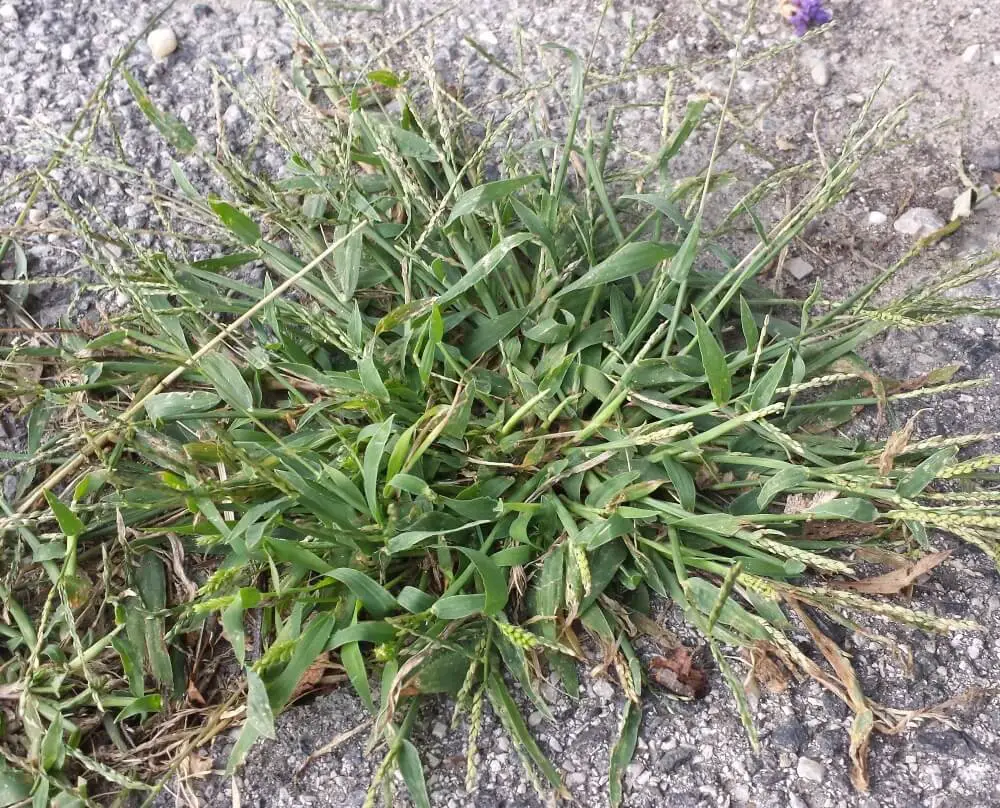
Smooth Crabgrass (Digitaria ischaemum) originates from Europe, Asia, and Africa, thriving as a winter annual grass. Its dense mats of erect or decumbent stems can reach impressive heights of up to 60 cm (24 inches), forming a robust presence in its natural habitat. The leaves are lanceolate in shape, measuring between 20-60 cm (0.79-23.62 inches) in length and 0.75-15 cm (0.30-0.59 inches) in breadth, with a distinctive pointed tip.
They are arranged in opposite pairs, showcasing the grass’s unique foliage structure. The inflorescence takes the form of a panicle, comprising racemes that can stretch up to 60 cm (24 inches) in length. Each raceme is adorned with two to six spikelets, which bear an impressive two to six flowers each. The spikelets themselves display a pale green or purplish hue. As the fruit matures, it takes the form of a caryopsis, reaching lengths of up to 13 mm (0.
51 inches) and serving as a vital component in the grass’s life cycle.
Hairy crabgrass (Digitaria ciliaris)

Hairy crabgrass is a ubiquitous warm-season annual grass, thriving in disturbed areas such as gardens, lawns, and roadsides. Its unique characteristic is the hairy foliage and stem, earning it its name. This low-growing plant features flat, pointed blades with upper surfaces that are either hairless or bear short hairs. In contrast, the lower leaf surface exhibits a dense covering of fine hairs. The plant’s reproductive cycle involves the production of green or purplish flowers.
Asian Crabgrass (Digitaria bicornis)
Asian Crabgrass is a highly invasive annual grass native to Asia and part of the Poaceae family, closely related to crabgrass (Digitaria sanguinalis). This aggressive species thrives in a variety of habitats, including disturbed areas, open woods, roadsides, and pastures.
Its wide range spans across much of the United States, with recorded sightings in Alabama, Arkansas, California, Florida, Georgia, Hawaii, Louisiana, Mississippi, North Carolina, Oklahoma, South Carolina, Tennessee, Texas, and Virginia.
Asian Crabgrass boasts a deep root system that allows it to outcompete other plants for water and nutrients. Its rapid invasion of turfgrass areas makes it challenging to control once established.
Mechanical methods like mowing and tilling are ineffective in managing this species, as it can quickly recover from such treatments.
Herbicides containing glyphosate (Roundup) can be used to control Asian Crabgrass, but multiple applications may be necessary for effective control.
Southern crabgrass (Digitaria ciliaris)
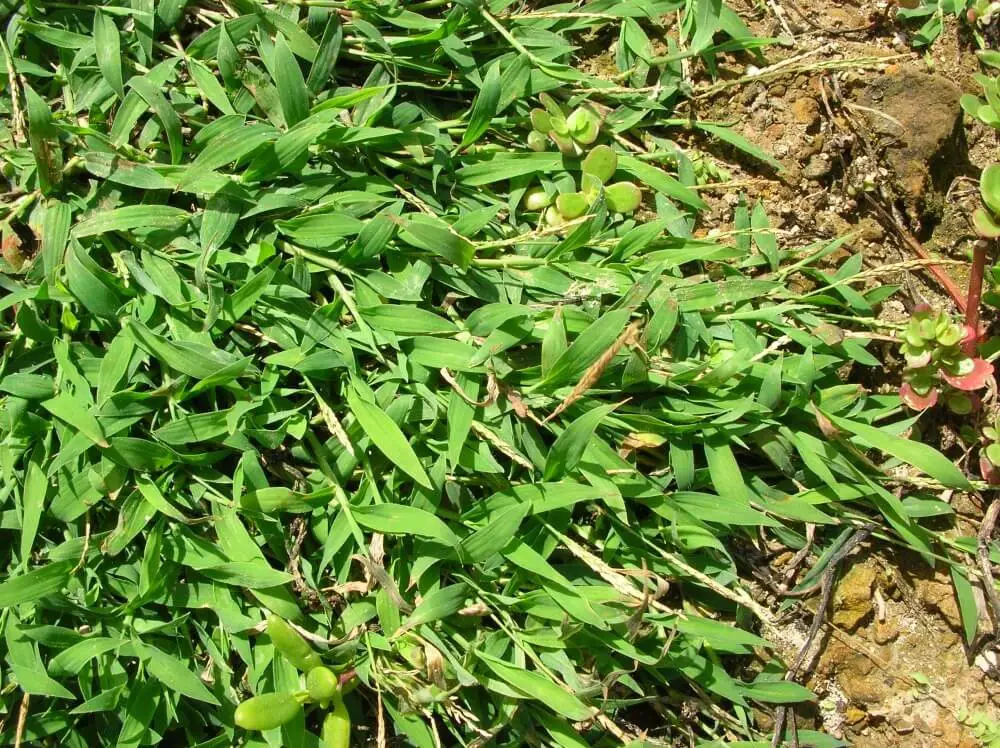
Southern crabgrass, a prevalent warm-season annual grass in the United States’ southern region, can grow up to two feet tall and boasts a distinctive reddish-brown hue. Its leaves are roughly an inch wide and feature a hairy texture, while its small, yellow flowers provide a welcome nectar source for various wildlife such as deer, rabbits, and quail. As a cover crop in certain agricultural systems, southern crabgrass also plays a vital role in sustaining ecosystems.
While herbicides can prove effective in controlling southern crabgrass, it’s essential to note that once established, the plant can be notoriously challenging to eradicate. Additionally, its allelopathic properties allow it to produce chemicals that hinder the growth of surrounding vegetation. This, combined with its tendency to outcompete other plants for resources, makes southern crabgrass a common nuisance in lawns and gardens.
If you’re struggling with southern crabgrass in your outdoor spaces, there are several strategies you can employ to regain control. Mowing it down to a height of about two inches is one approach, while using herbicides – though requiring caution not to harm other plants – can also be an effective solution.
While controlling southern crabgrass requires dedication and perseverance, it’s not impossible; with the right techniques and a bit of elbow grease, you can successfully manage this pesky plant.
Blanket crabgrass (Digitaria serotina)
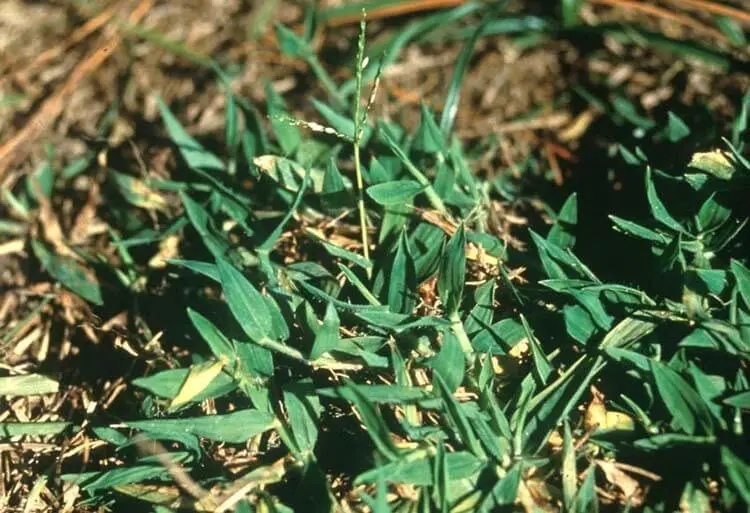
Blanket crabgrass (Digitaria serotina) is a perennial species that thrives across North America. Growing up to two feet tall, this dense mat-forming grass is commonly found in pastures, meadows, and roadside ditches. Its name originates from its tendency to spread out in blankets, covering vast areas. As an important forage crop for cattle and other grazing animals, blanket crabgrass also serves as a cover crop to prevent soil erosion.
This short-lived plant typically lives for two to three years before reproducing through seeds, producing up to 150,000 seeds per plant. Blanket crabgrass is most prevalent in the eastern United States but can also be found in parts of the Midwest and Southwest.
If you’re dealing with blanket crabgrass on your property or lawn, controlling it can be achieved through herbicides or regular mowing.
For lawns specifically, maintaining a short height and removing clippings can help control its spread. Alternatively, applying herbicides to your lawn is another viable option for managing this persistent grass.
Madagascar Crabgrass (Digitaria milanjiana)
Native to the island nation of Madagascar, Madagascar crabgrass is a perennial plant that can reach heights of up to two meters. Characterized by its green foliage and white flowers, this species of grass is also notable for producing small, black seeds as fruit. While it may not be a well-known crop globally, Madagascar crabgrass serves as a vital food source in certain regions of the country, with its edible leaves and other parts providing sustenance for local communities.
Furthermore, the plant’s foliage is also used as fodder for domesticated livestock, highlighting its importance as a valuable resource within the region.
Carolina crabgrass (Digitaria cognata)
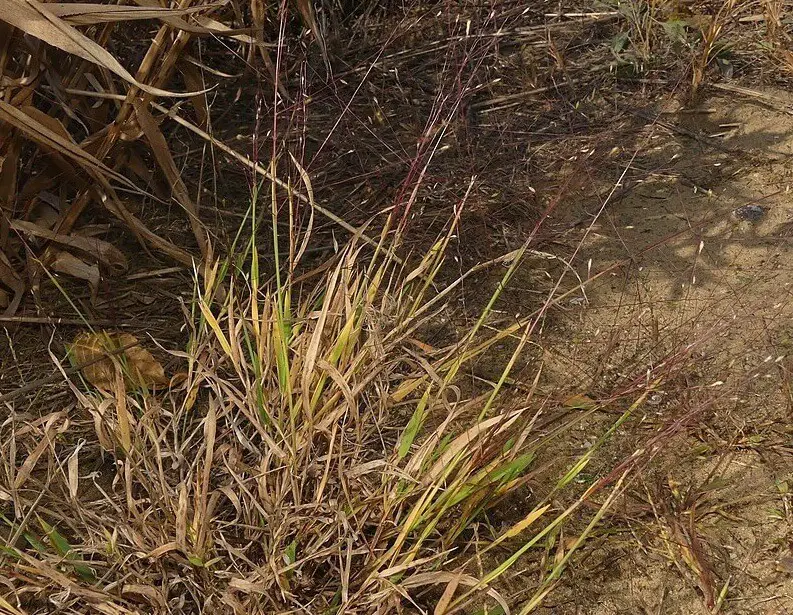
Carolina crabgrass, a prevalent warm-season annual grass, thrives in the southern United States. As part of the Digitaria genus, which encompasses over 250 species of grasses, this plant is no stranger to growth. Its slender profile reaches around two feet in height, with a light green hue and lanceolate leaves boasting a hairy surface. The terminal panicle inflorescence stretches roughly six inches long, bearing small, yellow flowers.
While adaptable to various soil types, including sandy and clay soils, Carolina crabgrass also exhibits resilience in the face of drought conditions. Its habitats range from pastures to roadside ditches and other disturbed areas. Not surprisingly, this grass is often considered a weed across many parts of the United States. Efforts to control its spread include herbicides, mowing, or burning.
Crabgrass look-alikes
To accurately identify crabgrass, it’s essential to distinguish it from other common lawn weeds that share similar appearances. By focusing on three key characteristics, you’ll be able to confidently identify crabgrass and differentiate it from its lookalikes: the shape and color of its leaves, as well as its unique growth habit.
Firstly, examine the leaf morphology – crabgrass leaves are characterized by broad ovals with pointed tips, whereas those of its lookalikes are narrower and more tapered. Next, consider the leaf coloration – crabgrass leaves typically display a light green to yellow-green hue, which is often darker in its lookalikes. Finally, take note of the growth habit – crabgrass tends to form dense mats, while its lookalikes exhibit an upright growth pattern.
Quackgrass
Quackgrass, a frequent intruder on lawns, often masquerades as its doppelganger crabgrass. However, this impostor boasts a distinct set of characteristics that set it apart. Its slender, tapered leaves and upright growth habit are notable departures from the more sprawling form of crabgrass. Moreover, quackgrass’s leaves tend to exhibit a deeper, richer green hue compared to their crabgrass counterparts.
Dandelion
Dandelions, a frequent lawn pest often mistaken for crabgrass, exhibit distinct characteristics. Their deeply lobed leaves and upright growth pattern distinguish them from their crabgrass counterparts. Notably, the foliage of dandelions tends to be a deeper green hue compared to that of crabgrass.
Poa annua
Poa annua, often misidentified as crabgrass, boasts distinct characteristics that set it apart from its grassy counterpart. Its slender, tapered leaves and upright growth habit are notable differences that can help with identification. Furthermore, Poa annua’s leaves tend to have a deeper green hue compared to those of crabgrass, providing another distinguishing feature.
How does crabgrass spread?
Crabgrass, a prolific reproducer, relies on seeds as its primary means of propagation. These tiny, dark seeds are encased in a hard outer shell, allowing them to withstand various environmental conditions. Wind, water, and animal activity can all contribute to the dispersal of these seeds, which then germinate into new plants in their new surroundings.
In addition to seed-based reproduction, crabgrass also spreads through vegetative means.
When fragments of the plant break off and are transported to a new location – often via animal traffic or lawn mowers – they can establish themselves as new plants. This process is a testament to the plant’s ability to adapt and thrive in its environment.
How to get rid of crabgrass
Crabgrass, an annual grass that sprouts from seed each spring, is a ubiquitous nuisance on American lawns. Its rapid growth habit allows it to outcompete other turfgrasses, making removal crucial as soon as it’s detected. Effective strategies for eradicating crabgrass include manual uprooting, which demands regular attention to prevent re-growth, as well as pre- and post-emergent herbicides that target germinating seeds or established plants, respectively.
It is essential to follow product labels meticulously to avoid harming surrounding vegetation. While the presence of crabgrass may seem daunting, a modest investment of time and effort can yield a lush, weed-free lawn.
FAQs
Is Dallisgrass the same as crabgrass?
Crabgrass and Dallisgrass are two distinct types of grasses that often get confused with each other. While they share some similarities, their growth habits and life cycles set them apart. Crabgrass is a summer annual, meaning it begins its life cycle in late spring or early summer by germinating from seed. As the weather warms up, it grows, flowers, sets seed, and then dies off with the first frost of fall.
In contrast, Dallisgrass is a warm-season perennial grass that also starts to grow in late spring, but it produces flowers earlier than crabgrass, typically in early summer. Its seed production occurs mid-to-late summer, after which it will survive the winter months before re-emerging in the following spring.
Is paspalum a crabgrass?
While paspalum and crabgrass may share some similarities, they are distinct species with different genetic makeups. Paspalum belongs to the genus Paspalum, whereas crabgrass falls under Digitaria. The two grasses belong to separate families, with paspalum being more closely related to millet than its crabgrass counterpart. This means that despite their physical resemblance, paspalum and crabgrass are not interchangeable terms.
Paspalum is a warm-season grass that thrives in lawns, parks, and golf courses in the southern United States. Its resilience allows it to withstand heat and shade better than many other types of grass. Characterized by its light green to blue-green hue and fine to medium texture, paspalum spreads through stolons (runners) and can form a dense, lush turf. Its ability to adapt to various environments makes it a popular choice for landscapers.
Conclusion
Crabgrass, an annual grass species, can prove to be a significant nuisance in your lawn. It is crucial to accurately identify this pesky weed so that effective measures can be taken to eradicate it. Once you’ve confirmed the presence of crabgrass, several removal options are available. You may choose to employ pre-emergent herbicides to prevent its growth or opt for post-emergent solutions to kill the existing infestation.
Alternatively, a labor-intensive yet effective approach involves manual removal. It is essential to address crabgrass issues promptly to prevent further spread and minimize damage to your lawn. If you’ve had success in removing crabgrass from your yard, share your strategies with us in the comments below!
Related Posts
While it’s common to tip servers at restaurants, many people are unsure about whether they should tip lawn service workers. The answer largely depends on the quality of service provided. If a lawn care professional goes above and beyond, a small gratuity can be a nice gesture to show appreciation for their work. On the other hand, if the service is average or subpar, it may not be necessary to tip.
Ultimately, tipping lawn service workers should depend on the specific circumstances and one’s personal discretion.


